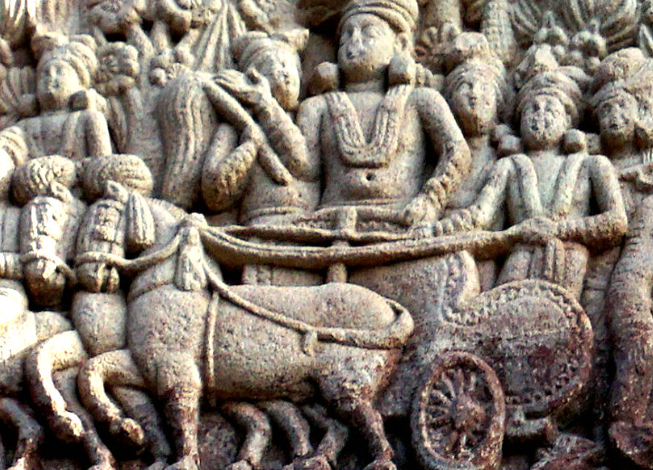There Was A Face To Ashoka. Through His Words, He Exposed Himself

Many scholars of Indian history have chosen to concentrate on the ancient era as a result of Nayanjot Lahiri’s first attempt at narrative history, Finding Forgotten Cities (2005), which is about the discovery of the Indus Civilization almost exactly a century ago. In that book, she compared putting together a sizable jigsaw puzzle to the entire process of discovery by Tessitori, Daya Ram Sahni, Rakhaldas Banerji, John Marshall, and others. She demonstrated the possibility of viewing much of archaeology and ancient history as the solving of a mystery that could be told by adapting some of the techniques used by crime fiction writers.
For students, Lahiri also wrote her subsequent books, such as Ashoka in Ancient India and Time Pieces, which focus on minor events and artifacts that illuminate more important themes in ancient Indian history. With her most recent book, Searching for Ashoka: Questing for a Buddhist King from India to Thailand, she has since developed this strategy further. She talked to Scroll. about her books, her writing, and her intriguing and unusual choice to be both extremely scholarly and completely approachable, among other topics.
No matter what their legacy may be, rulers who wield immense power over vast areas of land, like Emperor Ashoka (269–232 BCE), are all captivating figures. But Ashoka was not a faceless tyrant, which set him apart from many long-lived ancient monarchs and emperors. He identified himself with his words. The contrast between a king with a strong sense of self and a king with an ego strong enough to acknowledge that his actions were influenced by people and circumstances beyond himself intrigues me. It is evident in his epigraphic signature.
Every order was a personal message that served as a constant reminder to his subjects that he was the topic of both his public statements as the monarch and as an individual. His initial edicts, known as the small rock edicts, begin, “Devanampriya speaks thus,” and the pronoun “I” frequently appears in them. While “Devanampriya” appears in the third person (along with the “I”) in the major rock edicts, it returns to the first person self-referential form in the pillar edicts.
In addition, Ashoka believes that he is capable of accepting the areas where his actions have fallen short. In his most recent message, he acknowledged trying to impose rules on people or persuade them to adopt his views in an effort to lead them down the path of dhamma. He acknowledges that diktat has not been as effective as persuasion. This is a significant admission because many of his decrees resemble diktats.
Lahiri is fascinated by the dialogue between Ashoka’s interventions on the ground as described in his own words and his admission of partial success.
Where Ashoka posted his edicts, Kanaganahalli, he would see himself as later Buddhists pictured him: with his queen, despite the fact that his actual presence was obscured by the commotion of later kings and their spouses. Then, in the eastern parts of his empire, where he had never been particularly interested, he would observe, as in Thailand and Myanmar, that he had developed into a model Buddhist king deserving of imitation, with many kings bearing his names, such as Si Thammasok or Ashika Dhammaraja.
Lahiri believes Ashoka would be ecstatic to see his own afterlife in such a futuristic way. Never mind that later rulers who reinscribed him were neither his immediate successors nor remembered him in accordance with the inscriptions within his own edicts, he would see the immortality that he had craved.
News Mania Desk






